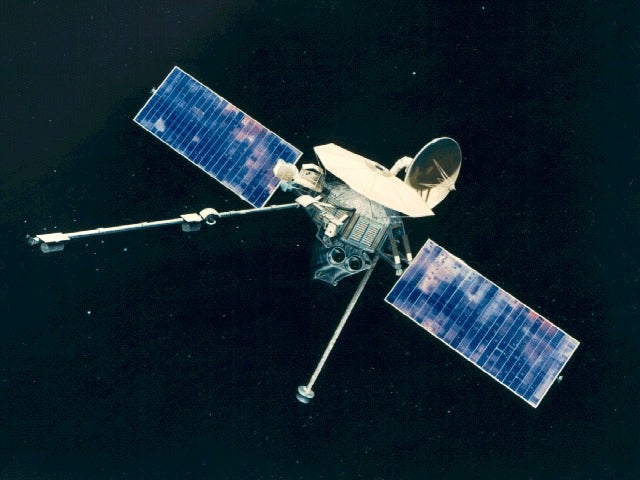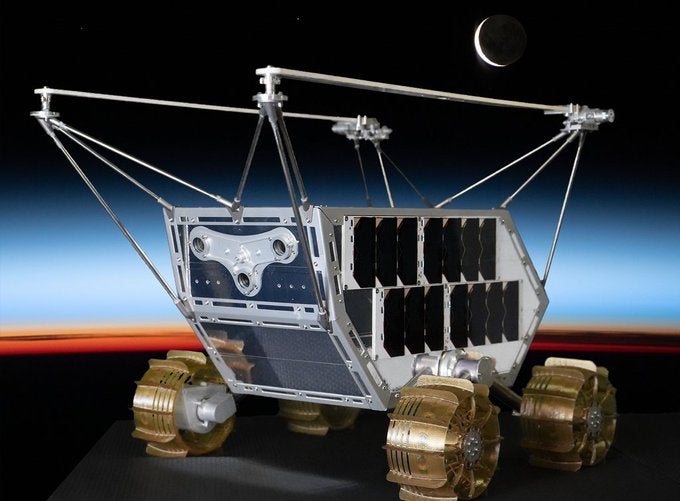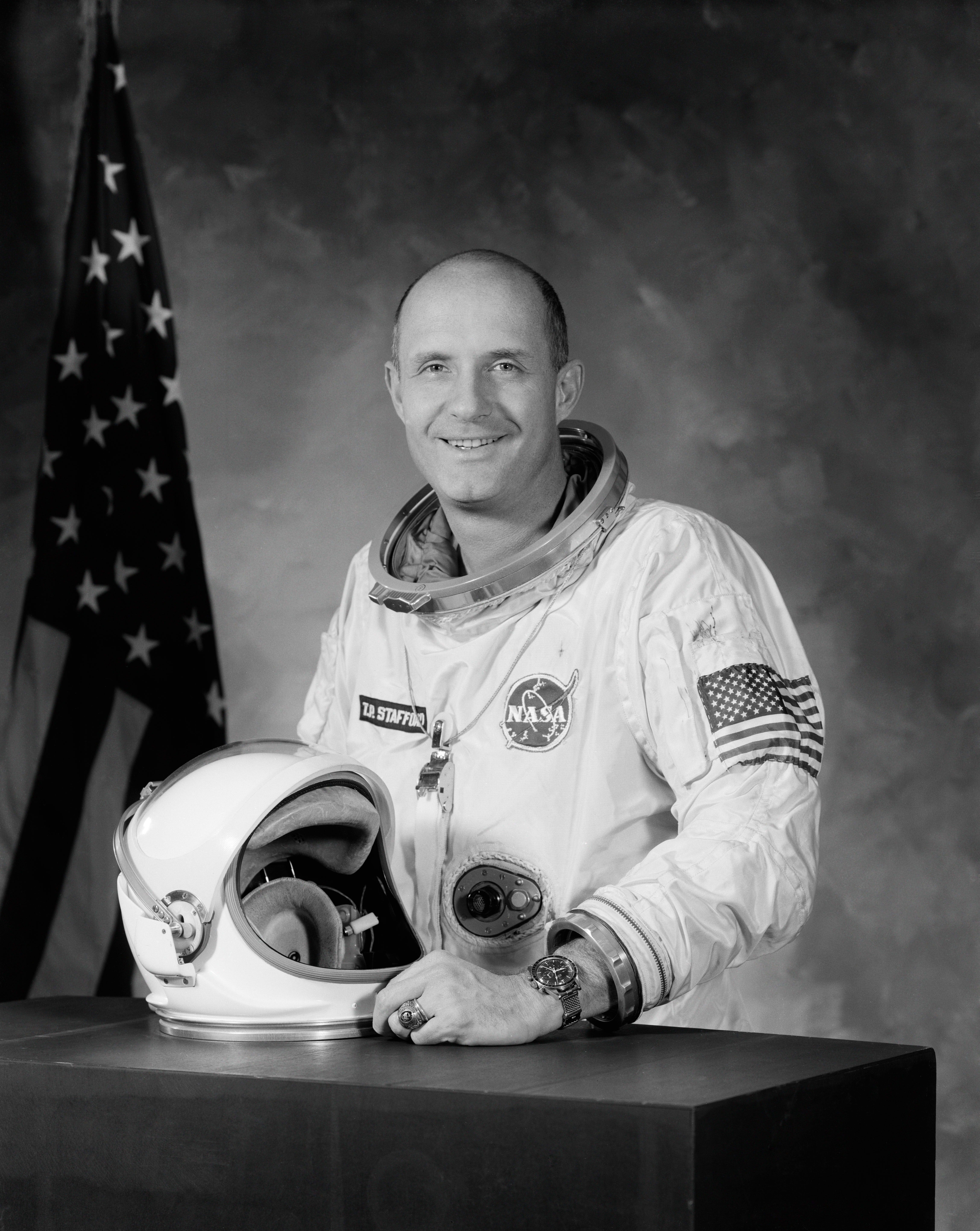By August, delays in the lunar module development meant that the mission would not have the very spacecraft it was intended to test. That’s when Apollo program manager George Low proposed a bold mission: orbit the Moon. The Apollo 8 crew would still fly, but their destination would be lunar orbit, but minus the lunar lander. A successful mission would give the United States a decisive lead in the space race against the Soviets.
Low’s pitch was accepted, and on August 19, 1968, NASA directors gave the Apollo 8 crew their new mission. They had just four months to learn how to fly to the moon.
Their assignment was contingent on the success of Apollo 7, in which three astronauts took the command module on an 11-day, Earth-orbit shakedown cruise in October 1968. The green light for the lunar mission came on November 12, just five weeks before its scheduled launch.
As they pointed the camera to the lunar surface and panned to the distant Earth, they read from the Book of Genesis. To those watching the grainy video feed, it marked an astonishing end to a year filled with war, civil unrest and assassinations. Their safe return cemented the US lead in the space race and led to six successful landings on the Moon.










